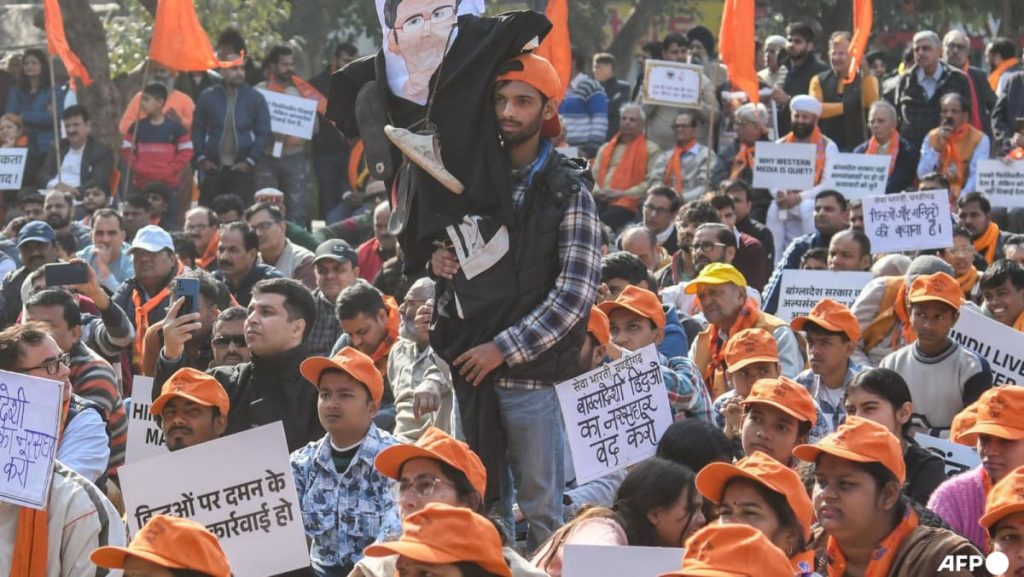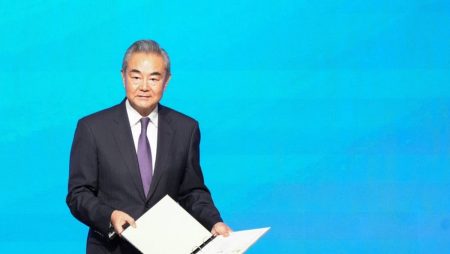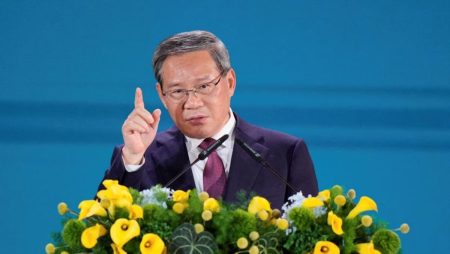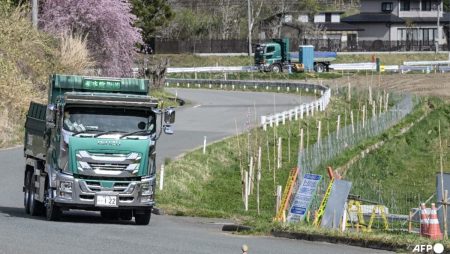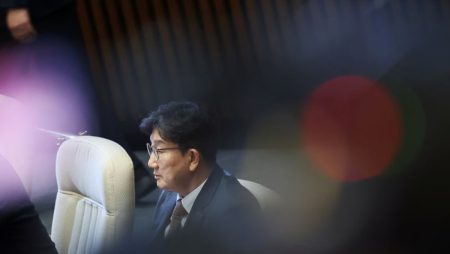The political landscape in Bangladesh underwent a seismic shift in August with the overthrow of Sheikh Hasina, the country’s long-ruling autocratic Prime Minister, in a student-led revolution. This dramatic change, welcomed by many within Bangladesh, has created significant tension with India, a staunch supporter of Hasina during her 15-year tenure. Hasina currently resides in New Delhi, having sought refuge there after her ouster, and Bangladesh has announced its intention to seek her extradition, further complicating the delicate diplomatic situation. In an effort to de-escalate tensions and re-establish a working relationship, India dispatched its top career diplomat, Vikram Misri, Foreign Secretary, to Dhaka for high-level talks. This visit marks the first face-to-face meeting between senior officials of the two nations since Hasina’s removal from power.
The backdrop to Misri’s visit is fraught with accusations and counter-accusations between the two countries. Nobel laureate Muhammad Yunus, who leads the interim government tasked with implementing democratic reforms in Bangladesh, has openly criticized India, alleging acts of “Indian aggression” aimed at destabilizing his administration. Yunus, who faced numerous criminal proceedings during Hasina’s rule, proceedings widely viewed as politically motivated attempts to sideline him, has been a vocal critic of India’s unwavering support for Hasina despite growing concerns over human rights abuses during her time in office. India, on the other hand, accuses Bangladesh of failing to adequately protect its Hindu minority population from retaliatory attacks following Hasina’s overthrow.
The arrest of a prominent Hindu priest in Bangladesh on sedition charges last month further fueled tensions, particularly among right-wing supporters of Indian Prime Minister Narendra Modi, who have urged a more assertive stance towards Dhaka. While Yunus’s interim administration has acknowledged and condemned attacks on Hindus, it maintains that many incidents are rooted in political, rather than religious, motivations, a nuanced perspective often lost in the heated rhetoric between the two countries. Misri’s visit thus represents a critical opportunity to address these complex and interconnected issues.
Misri’s arrival in Dhaka was marked by a message of conciliation. Addressing reporters, he emphasized India’s desire for a “positive, constructive, and mutually beneficial relationship with Bangladesh,” underscoring the importance of continued cooperation between the two nations. While acknowledging the change in leadership, Misri’s statement subtly indicated India’s hope for a pragmatic approach, focusing on the shared interests of both countries rather than dwelling on past disagreements. His schedule included meetings with de facto Foreign Minister Touhid Hossain and Muhammad Yunus himself, signaling a willingness to engage directly with the new leadership despite the existing friction.
The success of Misri’s mission rests on the ability of both sides to navigate a complex political landscape. India must balance its historical ties with Hasina and concerns for the safety of the Hindu minority with the need to establish a functional relationship with the new interim government. Bangladesh, on the other hand, faces the challenge of asserting its independence and pursuing democratic reforms while maintaining stable relations with its powerful neighbour. The arrest of the Hindu priest and allegations of attacks on the Hindu minority community remain a significant hurdle, requiring a delicate balancing act to address India’s concerns without compromising the pursuit of justice within Bangladesh.
The outcome of these high-level discussions will significantly impact the future trajectory of India-Bangladesh relations. A successful dialogue could pave the way for renewed cooperation on issues of mutual interest, including trade, security, and regional development. Failure, on the other hand, could lead to further escalation of tensions, with potentially destabilizing consequences for both nations and the broader South Asian region. The world will be watching closely as these two neighbours attempt to bridge their differences and chart a new course for their shared future.




